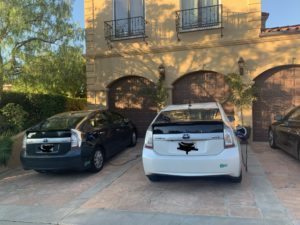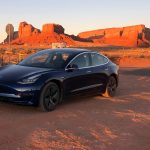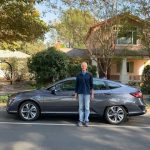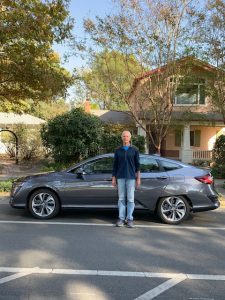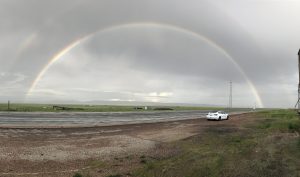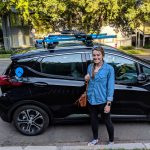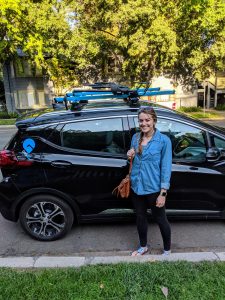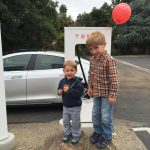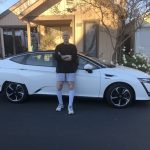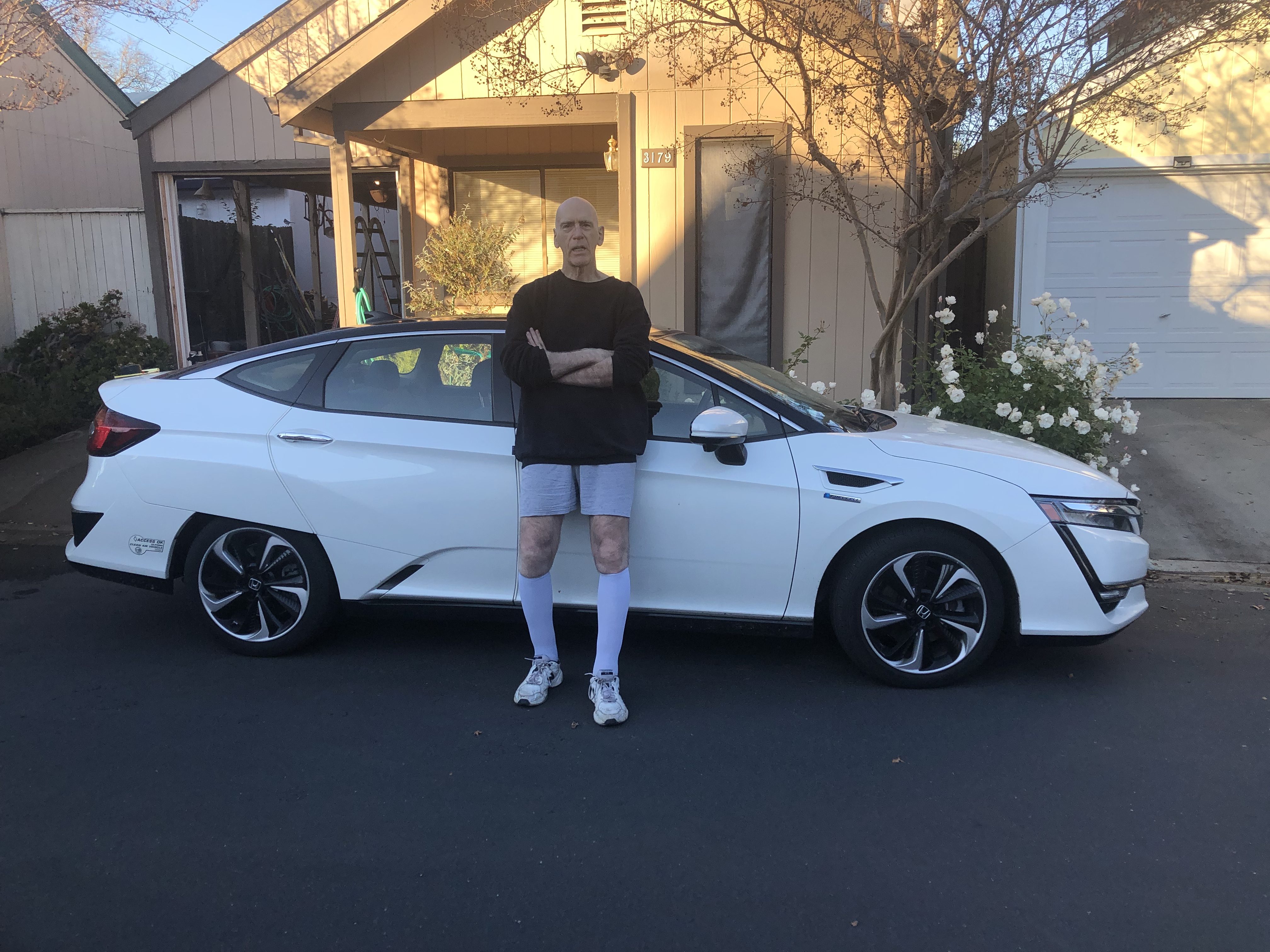The Owner/Driver

Shine and her Chevy Volt! (Photo courtesy of Shine Nah)
Name: Shine Nah
Age: 21
Occupation: Student
The Vehicle
Year/make/model: 2017 Chevrolet Volt
Type: Plug-In Hybrid
Years owned: 3 years
The Experience
What made you decide to go electric and how did you decide what car to get?
I wanted to save money on gas because I’m from Southern California and knew I would be frequently driving back and forth from home to Davis. Because I do not work, I wanted to save as much money as I can.
How has the cost of purchasing and owning your EV compared to the cost of purchasing and owning a conventional car?
Personally, it is very beneficial for me to drive an EV because I can easily drive my friends around when we go places further away. I am more willing to drive because I don’t have to constantly worry about the price of gas.
I’m also a UC Davis student, so I can charge at the charging stations on campus. Rather than paying per hour for a charge, I only pay the cost of the parking permit plus an additional $10 a month. While the parking permit is expensive, I live further from campus so I drive to school and it mostly covers the price of charging my car, so it balances out.
What have been the biggest challenges of going electric?
The biggest challenge is finding places to charge when I’m away from home. And for some stations, you have to make a new account to charge your car rather than just paying by the hour, which can be a hassle when I am charging my car in places I don’t frequent.
What are the biggest misconceptions of going electric?
I think the biggest misconception is that electric cars are not fast—that they don’t perform as well as regular cars. However, there are quite a few electric sports cars that can go very fast. Porsche makes an EV that can go from 0 to 60 in 2.6 seconds and has a top speed of more than 150 mph.
Describe one of the farthest/coolest/most ambitious trips you’ve ever taken in your EV.
It has only been half a year since my Volt was passed down to me, so I haven’t been able to go on many trips. However, I have driven from Southern California to Davis numerous times. Although I’m not going anywhere new, the feeling of road tripping in an EV is still very exciting! I also spend significantly less on fuel, which makes the drive even better.
Do you have any good stories about your experience as an EV owner?
One day, a large group of my friends and I were debating on where to go for lunch. I was willing to drive to Sacramento because I had been craving Korean food. Some of my friends with cars weren’t willing to drive longer distances because they didn’t want to use up their gas. Regardless, I was craving Korean food, so I abandoned my friends who weren’t willing to drive and drove my friends in my car. It was extremely nice to eat wherever I wanted, without worrying about gas, while others had to settle for food we eat often.
What is the number-one thing you think could be done to encourage more people to go electric?
Increasing the amount of charging stations and making them simpler to use, instead of having to have an account to pay, would probably encourage more people to go electric. Personally, I think it is a bit expensive (per hour) to charge electric cars, compared to the range you get from hourly charging. If it was even cheaper to go electric and/or if the ranges of EVs increase, more people will make the change.

